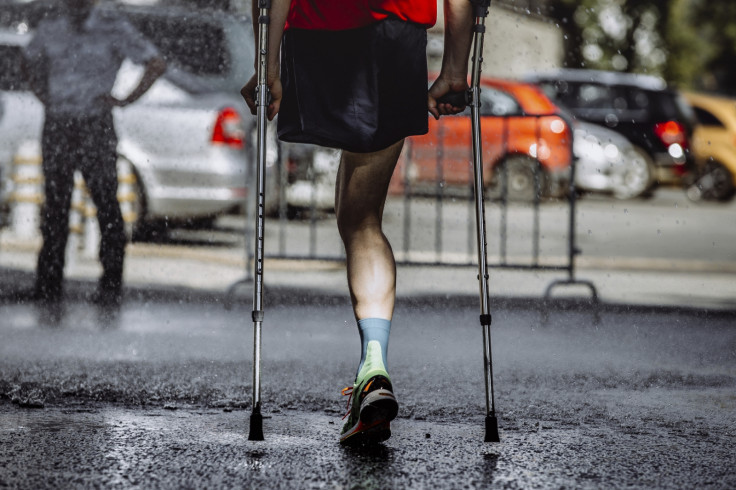Phantom limb pain could soon be a thing of the past
Researchers believe a cheap and effective treatment could be around the corner.

Scientists say they have found a way to retrain patients' brains with the help of a robotic arm to ease the neural frustration caused by a lost limb, thereby relieving their pain.
The researchers used a non-invasive method to detect patients' brain signals and convey them to a computer using real-time artificial intelligence. "This is to try to understand what it is you're thinking, what are you trying to do. It figures this out and then tells the robotic arm to do it," Ben Seymour, an engineer at the University of Cambridge told IBTimes UK.
It was the specific part of the brain used to control the robotic arm that was the key to making patients' pain better or worse. Counter-intuitively, using the part of the brain that would have controlled the limb if it still existed made the patients' pain worse, Seymour says. Using the corresponding part of the brain on the opposite side was the best method of relieving the pain.
The team designed the study so that the patient could see the arm working, and learn to control it better through trial and error. "It's that learning process that induces the changes in the brain, which seem to reduce the pain," Seymour says.
Seymour and his team say that using this part of the brain to control a robotic arm has a calming effect on the corresponding part of the brain. "If you lose your arm, it's not like the parts of the brain controlling that arm shrivel up and die. They're quite nicely preserved," Seymour says.

Despite being well preserved, it still causes problems; that part of the brain is healthy and living and yet it has nothing to control, Seymour says. "It always thinks it's making mistakes. That state of constantly being frustrated is what we think causes the pain."
Thanks to the strong connection between both sides of the brain, training the opposite side to use the robotic arm takes the pressure off the side that causes the pain, he says. "It takes over that activity and that side of the brain is reorganised almost as though it doesn't care about the phantom limb so much. It then seems to get less frustrated, if you like, and the pain is relieved."
To turn the study's findings into a useful treatment, Seymour says that it would be too expensive to use the equipment in his study – a magnetoencephalography scanner – in a therapeutic context. But another option is to use fMRI scanners, which are much more common in hospitals. This would still not be a cheap option, he says, but it would be worth it. "It would still be expensive but then pain is expensive, drugs are expensive. So in fact if you think about all the costs and not having all the side-effects you get with drugs, then this actually pretty tempting."
There may even be cheaper options for treatment based on this research, which could be designed for people to easily use in their own homes. These could involve an electroencephalogram (EEG) cap and virtual-reality equipment, which have already been used to provide relief from phantom limb pain.
"We have the technology to do these kinds of things. Home EEGs already exist, virtual reality is already a user-friendly, available thing. That's very promising, very exciting."
The research is published in the journal Nature Communications.
© Copyright IBTimes 2024. All rights reserved.






